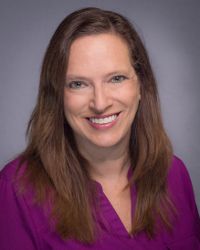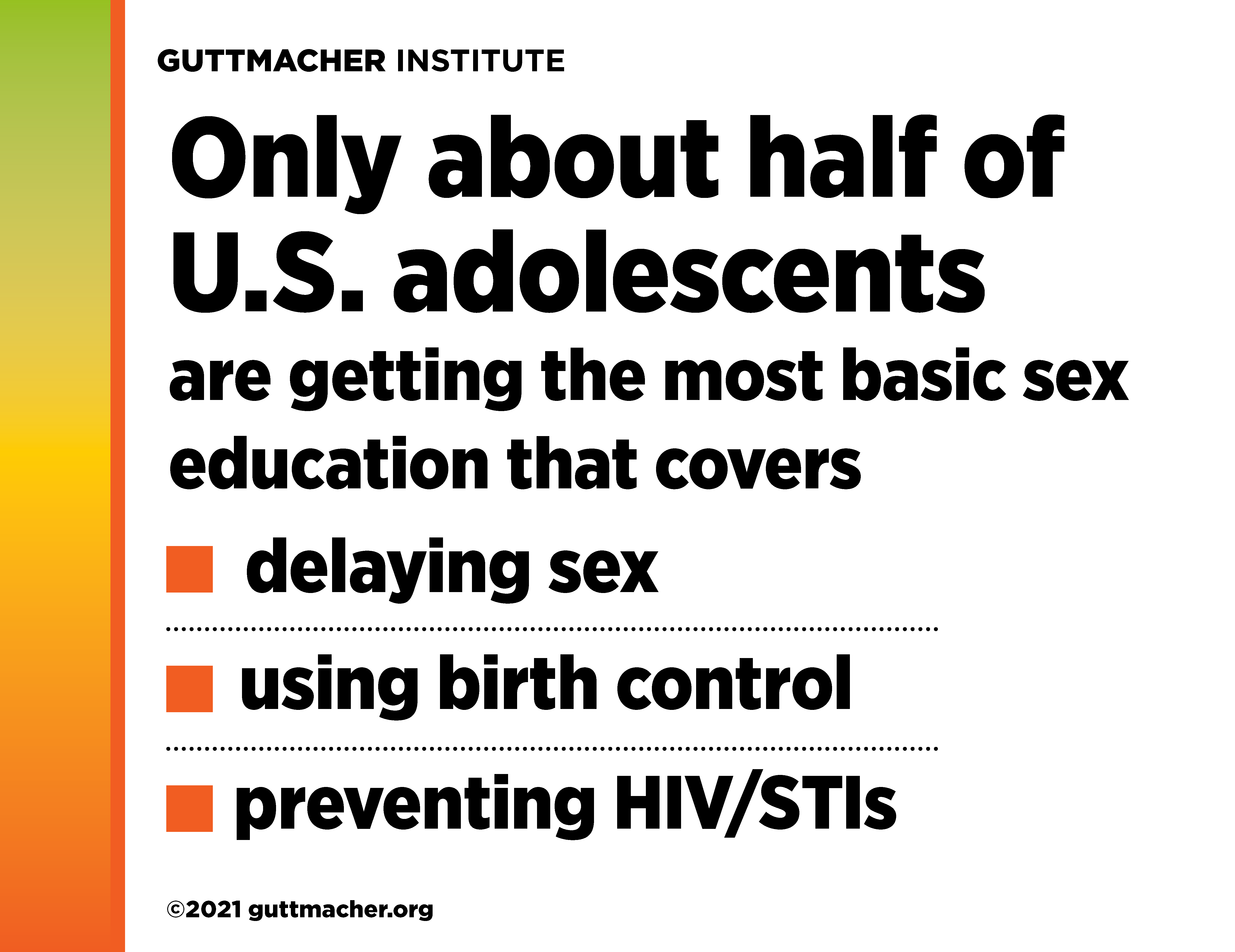Teens in the US lacking quality sex education
Many adolescents across the United States lack quality sex education, a trend that has worsened in recent years. Moreover, national statistics mask significant inequities in the receipt of formal sex education by gender, race and ethnicity, sexual orientation, and the location of instruction, according to a study in the Journal of Adolescent Health.
Laura Lindberg, PhD

“Sex is a natural part of human development and ensuring that young people are getting quality sex education is crucial,” said principal investigator Laura Lindberg, PhD, a principal research scientist at the Guttmacher Institute, a New York City research and policy organization pursuing sexual and reproductive health and rights.
The study culled nationally representative data from the National Survey of Family Growth, in youth aged 15 to 19 years, for 2 time periods: 2011 to 2015 and 2015 to 2019.1
Between the 2 time periods, there were only a few significant changes in adolescents’ receipt of formal sex education.
©2021 guttmacher.org

Instruction on waiting until marriage to have sex declined from 73% to 67% among females (P = 0.005) and from 70% to 58% in males (P < 0.001).
In addition, in both time periods, only about half of adolescents received sex education that meets the federal minimum standard.
In the later time period, there were significant gender differences in the instruction to wait until marriage to have sex: 67% of females received instruction vs 58% of males (P < 0.001).
Condom skills were taught to 55% of females and 60% of males (P = 0.003) in the later period.
Sources: Estimates for 1995 and 2002 are from Lindberg LD, Santelli JS, Singh S. Changes in formal sex education: 1995–2002. Perspectives on Sexual and Reproductive Health. 2006;38(4):182-189. Estimates for 2006-2010 are from Lindberg LD, Maddow-Zimet I, Boonstra H. Changes in Adolescents’ Receipt of Sex Education, 2006–2013. Journal of Adolescent Health. 2016;58(6):621-627. Estimates for 2011-2015 and 2015-2019 are from Table 2 of this paper.

However, non-Hispanic Black and Hispanic males were significantly less likely than non-Hispanic White males to receive formal instruction before the first sex on sexually transmitted infection/HIV, birth control or where to get birth control in the later time period.
Data from the later time period also found that many adolescents reported religious settings as the sources of instruction about waiting until marriage to have sex: 56% of females and 49% of males. But nearly none received instruction about birth control from such settings.
“Evidence shows that adolescents in the United States are clearly not getting the quality sex education they need,” Lindberg told Contemporary OB/GYN®. “In fact, it is shocking that our research shows that young people are less likely to receive information about birth control now than they were 25 years ago.”
Moreover, there are concerning inequities between who has access to sex education by race, gender, and sexual orientation that leaves young people vulnerable, according to Lindberg. “For example, queer young men are significantly less likely than their straight counterparts to receive information on essential sex ed topics,” she said.
Withholding critical information about sexual health violates adolescents’ right to accurate, timely information, says Lindberg, who noted that health care providers can and must help address this gap by furnishing teens with the information and services they need for their health and wellbeing.
“Our schools and communities also need to expand their provision of sex education, with support from federal, state, and local policies,” Lindberg said. “Policymakers should create links to sexual health services for young people who face the greatest barriers to care.”
To begin, Lindberg urges policymakers to fully fund the Teen Pregnancy Prevention Program and Personal Responsibility Education Program. “These are federally funded grant programs that support evidence-based, medically accurate programs to reduce adolescent pregnancy and STIs,” she said.
Lindberg also advocates passage of the Real Education and Access for Healthy Youth Act, “which would eliminate funding for abstinence-only programs and establish the country’s first federal grant program for comprehensive sex education,” she said.
Furthermore, Lindberg would like the federal government to eliminate all funding for misleading and incomplete abstinence-only-until-marriage programs, “which harm young people. Instead, this money should be used to fund sex education programs that offer informative and inclusive curricula.”
Reference
- Lindberg LD, Kantor LM. Adolescents’ receipt of sex education in a nationally representative sample, 2011 – 2019. J Adolesc Health. Published online November 4, 2021. doi:org/10.1016/j.jadohealth.2021.08.027
FDA approves Visby’s test for at-home STI identification
Published: March 28th 2025 | Updated: March 28th 2025The FDA has approved Visby Medical’s at-home sexually transmitted infection test, allowing women to screen for chlamydia, gonorrhea, and trichomoniasis without a prescription.
Read More
In this episode of Pap Talk, Gloria Bachmann, MD, MSc, breaks down what it means to be a health care provider for incarcerated individuals, and explores the specific challenges women and their providers face during and after incarceration. Joined by sexual health expert Michael Krychman, MD, Bachmann also discusses trauma-informed care and how providers can get informed.
Listen
